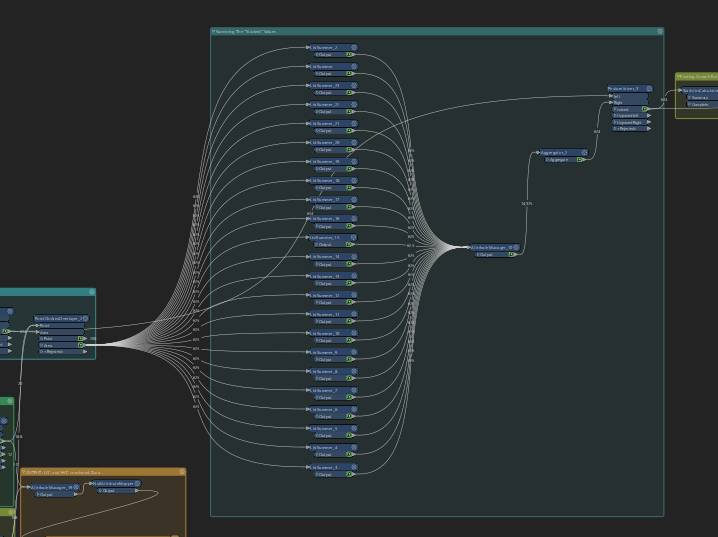Hello,
Currently, I have a process where I am doing a PointOnAreaOverlayer. I then create about 23 List Attributes. As of now, I have 23 List Summers to achieve my requirements. I then port all the List Summers into one Attribute Manager, remove all the non-summed fields, aggregate all the points grouped by the Primary Key, and then I join that back to the area layer so that it holds the summed values and stays an FMEPolygon and not a MultiFMEPolygon.
Is there a way to do this “better”? I have to redo this process on another Polygon Feature Type and it’s cumbersome.

Kind Regards,
Senad










